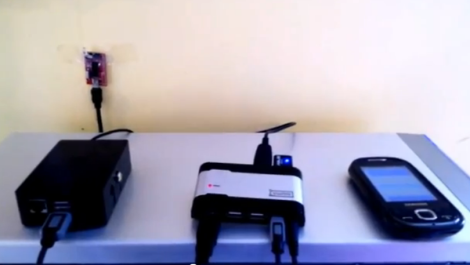
We’ve seen strollers and car seats that have a steering wheel for the baby to play with (like in the opening of The Simpsons). But what we hadn’t seen is a stroller that allows baby to actually steer. You might think that a putting a motorized vehicle in the hands of someone so young is an accident waiting to happen. But [Xandon Frogget] thought of that and used familiar hardware to add some safety features.
The stroller seen above is a tricycle setup, making it quite easy to add motors to the two rear wheels. These are controlled by a tablet which you can see nestled on the canopy of the stroller (look for the light reflected on the glass). This interfaces with two Kinect sensors, one pointing forward and the other pointing back. They continually scan the environment, looking for obstacles in the stroller’s path. You can see [Xandon’s] little girl holding a Wii Wheel, which connects with the tablet to facilitate steering. A test run at the playground is embedded after the break.
Continue reading “Robot Stroller Lets Baby Steer Without Mowing Down Other Toddlers”















